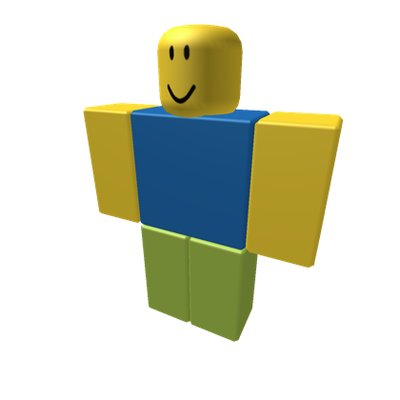Felessan
Member
From personal observation - GAAS start to innovate ONLY when they becomes hits/mega-hits. Before that they try to be "the best craft" aka the most polished other's widely popular ideas. And only when they got a money (a huge lot of them) they try to make something different.No, you misunderstand. One massive advantage of GAAS is that it encourages innovation and punishes sameness in a way the old model didn't.
You can pump out clones of games using the old model because the old model entertained players for a week or two before they moved on. You can make the same game with slightly better production values because players are left in constant states of starvation. You can't do that with GAAS. It's why all the innovation in gaming recently has been found in the GAAS space. SP games are for sequels and pretty graphics. GAAS is for new concepts.
Look at WoW - it started as a classic MMO of that time, carefully crafted and adding some insightfull changes, but nothing breakthrough. Only when it became a behemoth it started to add innovative things that really pushed whole gaming further (battlegrounds that later evolved to moba, skill-based combat with semaphors, zoning etc which is now everywhere etc). Early vanilla was very plane, pretty much oldchool bullet sponge "raise&run" bosses, world gank-pvp, excessive grind as raid prerequisites etc as core gameplay. Most of these were discarded later.
Look at Genshin - it started as high production value BotW gaas clone, it was quite bland and straightforward at launch. Only when it stabilize at high revenue numbers it significantly upped production value and start to expand and experiment.
This is actually how Mihoyo produce stable success - they make a game with known formula (BotW, turn-based JRPG, Persona with Honk3d combat) that pretty sure will attract enough people for it to be successfull.
And then they start to do experiments what people might like, and add success stories to all future games.
Last edited:

